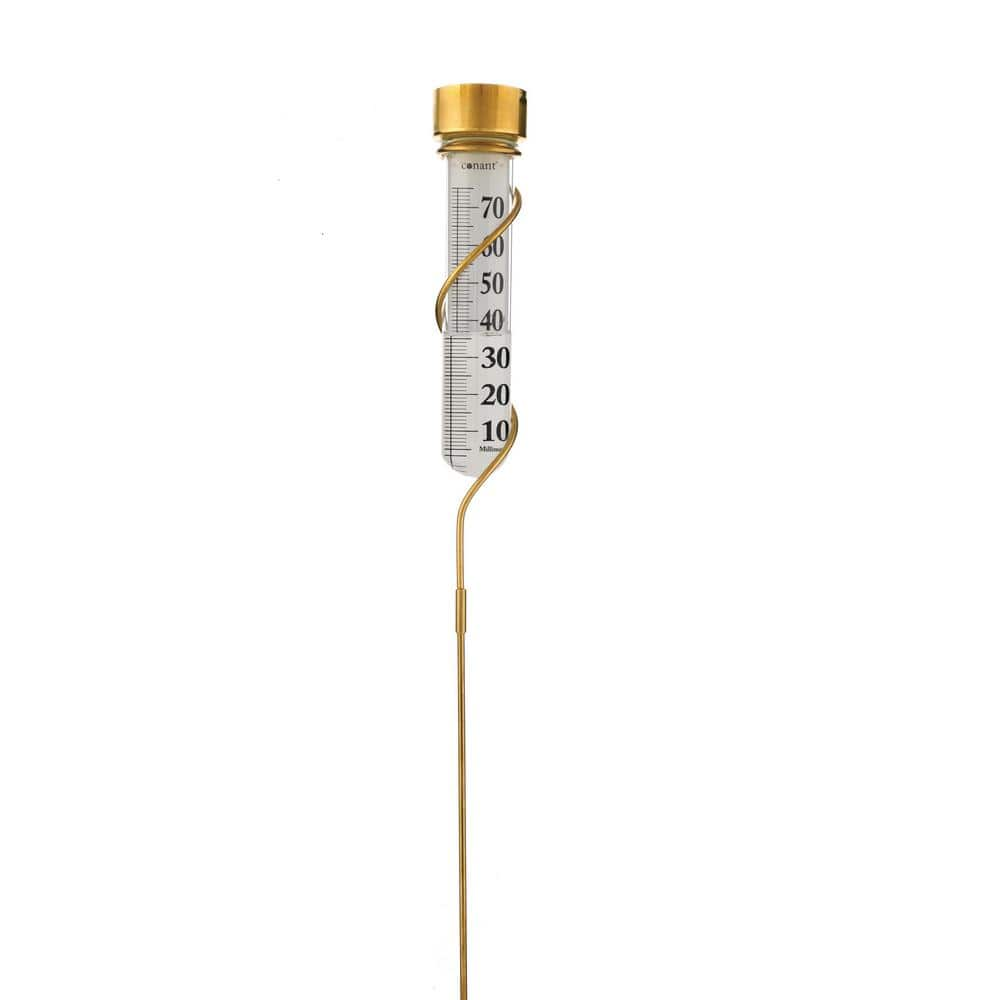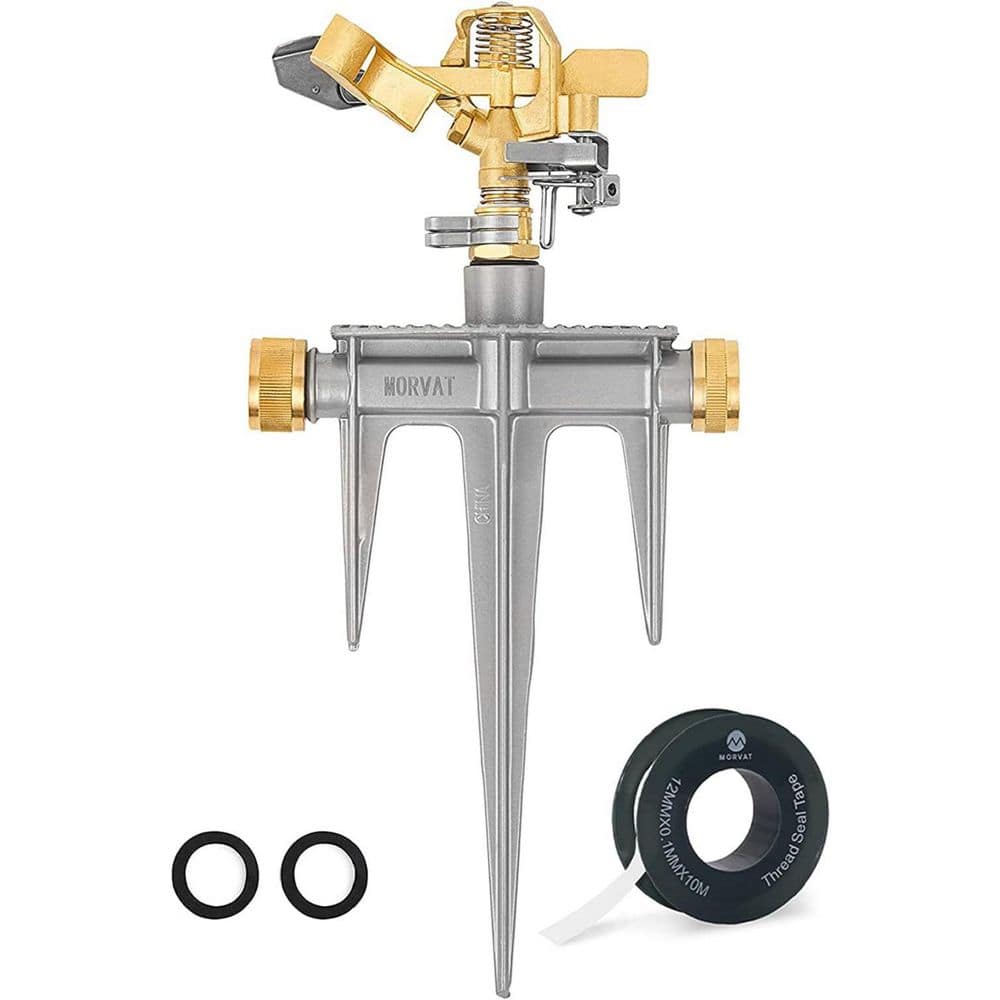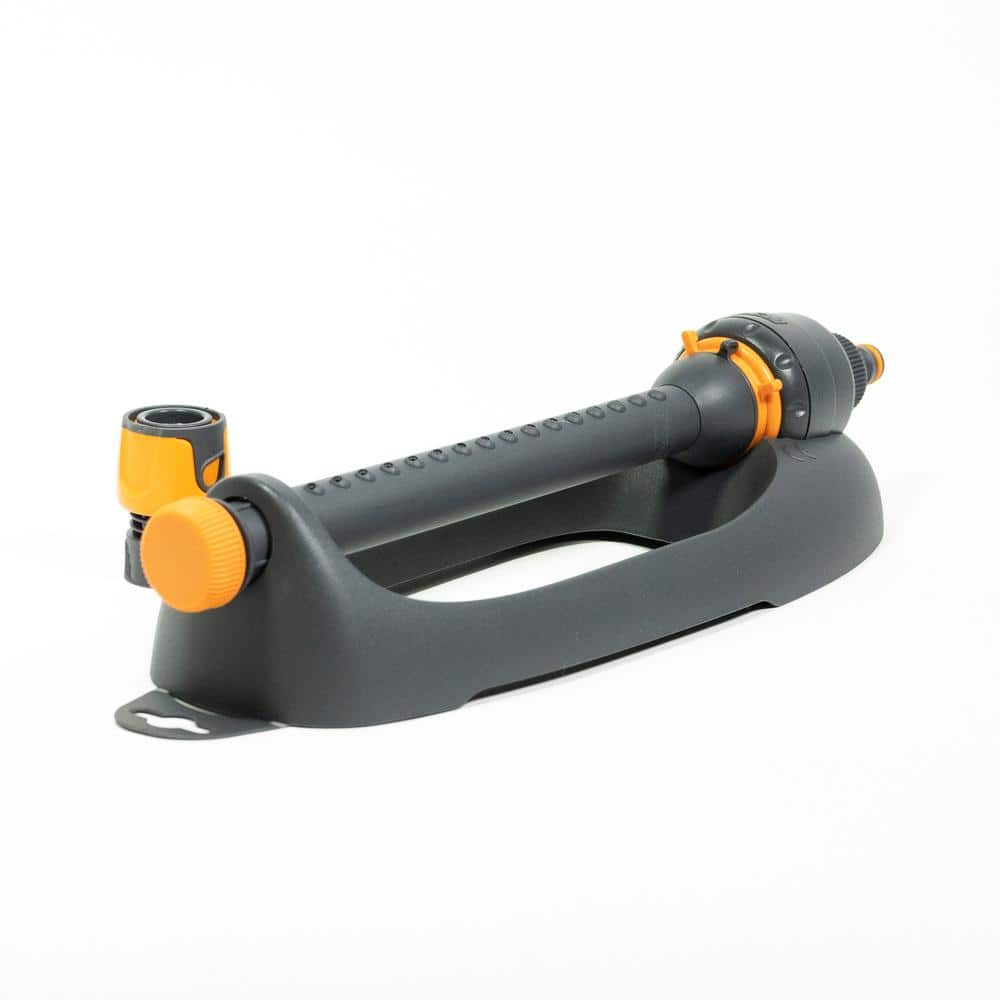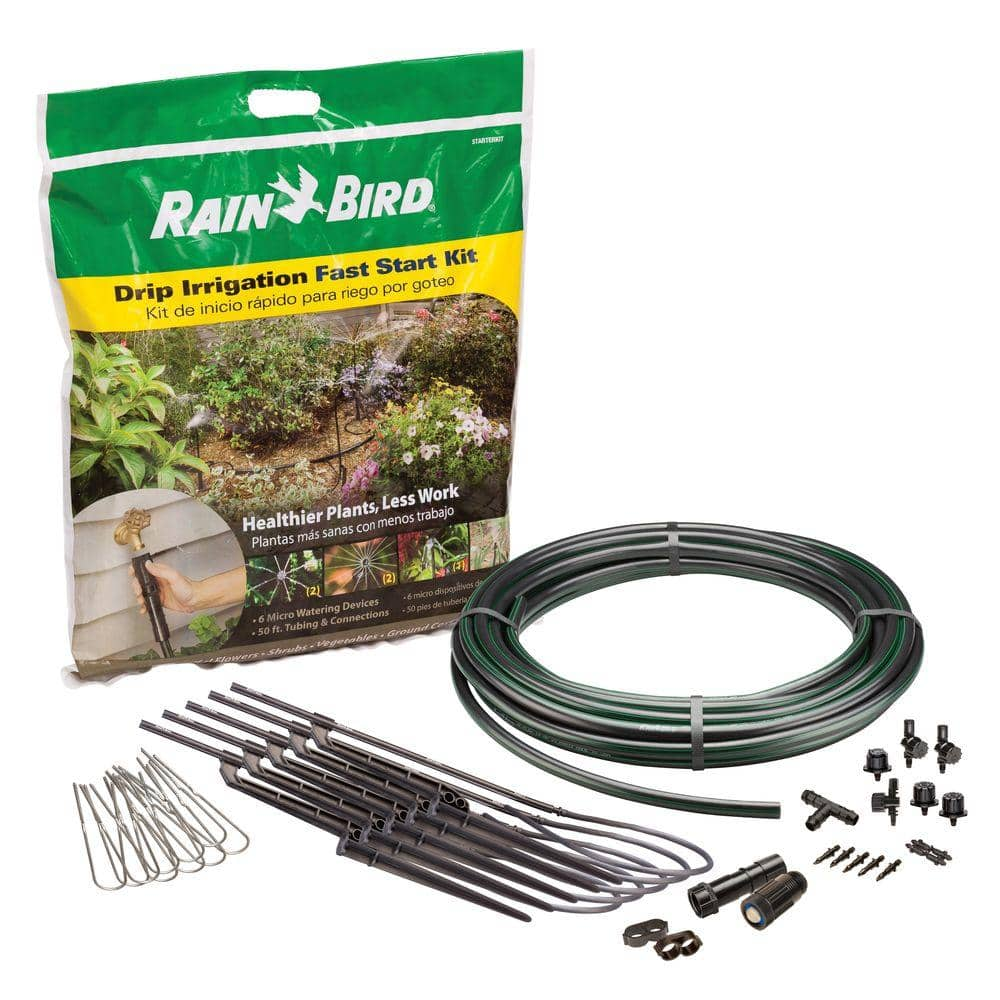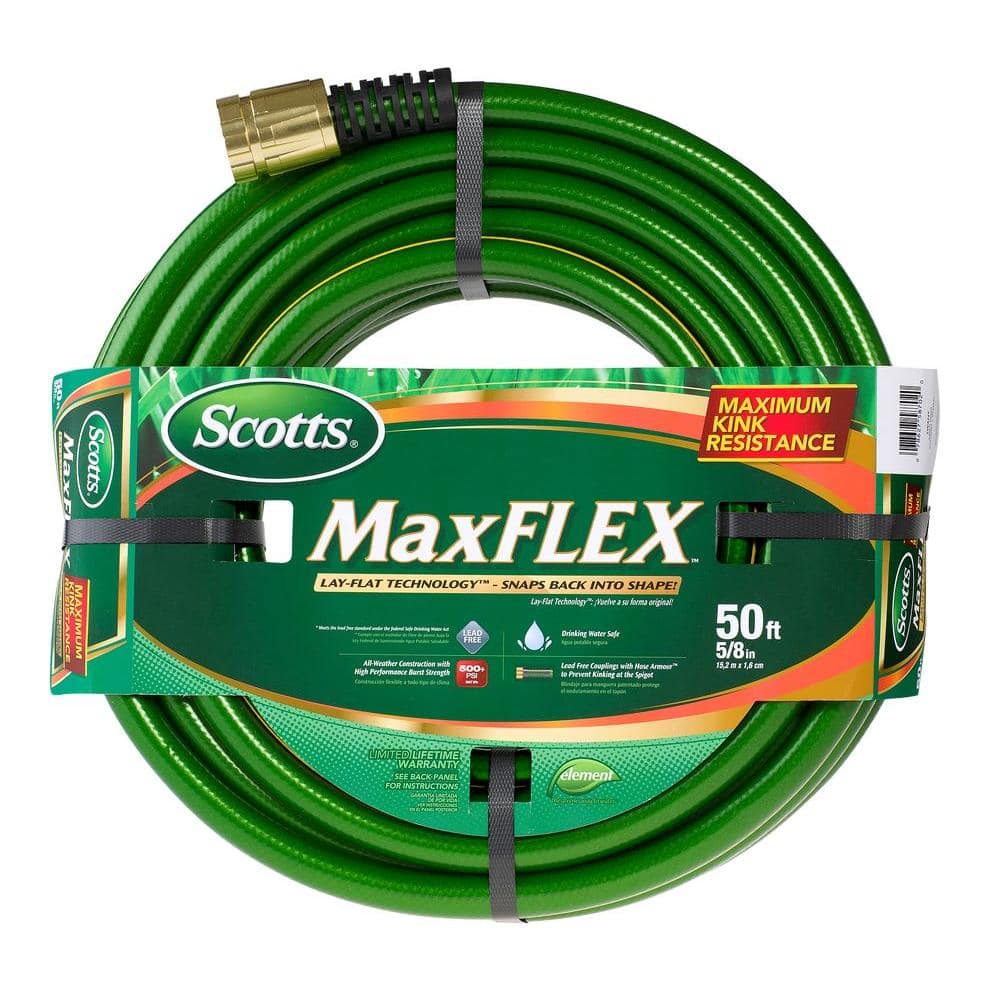How to Water Your Garden

Published May 28, 2024
Properly watering your garden ensures your plants stay healthy and growing. Evaporation and water runoff can cause your plants to not receive enough water. To keep plants healthy, water them deeply at the roots.
Read on to learn irrigation tips and ideas to ensure a healthy garden.
Table of Contents
Types of Watering Systems
Water by Hand-Held Hose
Water with a Soaker Hose
Water with Timed Sprinklers
Water with a Drip Irrigation System
Types of Watering Systems

There are various methods to water your garden:
- Watering by hand is very common, and since it’s manual, also very time-consuming.
- Soaker hoses minimize runoff and evaporation since they slowly release and deliver the right amount of water to flower roots while keeping foliage dry. Turn them on manually or with a timer.
- Sprinklers with timers automatically deliver the right amount of water and are mobile.
- Drip irrigation systems apply water and nutrients directly to the roots of plants at a controlled, automated rate. This conserves water and saves you money.
- Underground drip irrigation systems are perfect for homeowners who want to keep their watering systems hidden.
Water by Hand-Held Hose

When watering with a hand-held hose:
- Water early in the morning. This will reduce water loss via evaporation and ensure that more water goes to the plants.
- Focus on the roots of the plant. Wetting the foliage is a waste of water and can lead to foliar diseases. If you do get some water on the leaves, they will have time to dry out during the day.
- On average, your garden needs about an inch of water each week. The water can come from rainfall or irrigation. Some plants, especially newly planted ones, will need more water. And all plants will need extra water during times of extreme heat. Place a rain gauge in an open spot to track rainfall.
- To check if your plants are getting enough water, use a trowel to dig into the soil and check the moisture with your fingertips. Be careful not to injure the roots. The soil should be moist four to six inches down.
Water with a Soaker Hose

When watering with a soaker hose:
- Place the soaker hose directly on top of the soil within one to two inches of your plants.
- Prevent kinking by pinning your soaker hoses with U-shaped metal landscape pins.
- Cover the soaker hose with mulch to hide it and lessen evaporation.
- Water for 30 minutes and check. Water should seep eight to 12 inches into the soil but not puddle.
- Add a hose timer to regulate water scheduling for convenience. Make sure you don’t forget to turn it on and off. A rain or moisture sensor will prevent it from coming on when you don’t need to water.
Water with Timed Sprinklers

When watering with timed sprinkler systems:
- Water early in the morning so foliage can dry out during the day.
- To know how long to set the timer, mark one inch on an empty can and put it in your garden. Note the time, and turn the sprinkler on. When the water fills to the mark, turn the sprinkler off and check the time. Now set your timer for this amount.
- Add a moisture or rain sensor so sprinklers aren’t on when it’s raining.
Water with a Drip Irrigation System

When using a drip irrigation system:
- Drip irrigation is efficient. It uses up to 80 percent less water than hand-watering.
- Consistent watering helps plants grow healthy and strong.
- Installing your drip irrigation system with a DIY kit is the best option if you're new to setting up drip irrigation.
- After setting up the system, you can turn on the faucet to deliver water to your plants, or you can add a timer to automate watering.
By following these garden watering tips, you can feel confident that your garden will flourish. Choose the system that works best for you, and ensure that your plants are getting enough moisture. Use the Home Depot Mobile App to locate products and check inventory. We’ll take you to the exact aisle and bay.
